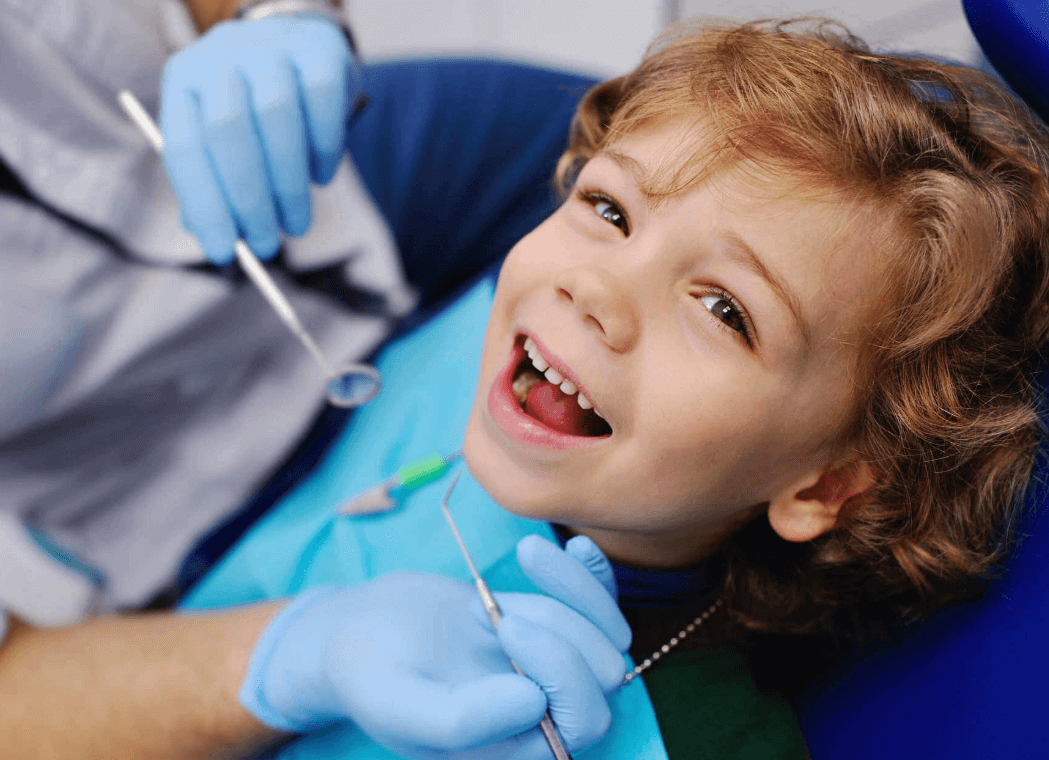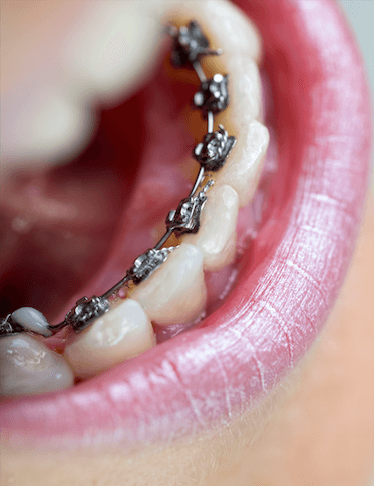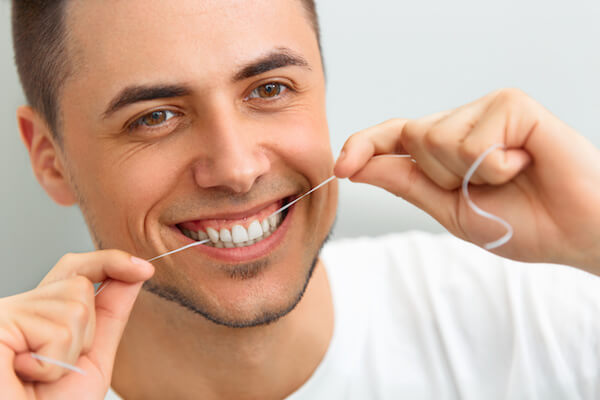Are The DIY Orthodontics I See On Social Media Safe?

DIY orthodontics, like “make your own braces at home,” are currently a worrying trend on some social media platforms. Many kids who are desperate to get a straighter smile attempt these DIY braces using tutorial videos online – and end up with extremely bad results. DIY orthodontics are never safe. Keep reading to find out why.
They Don’t Move Your Teeth The Right Way
Moving your teeth is a complex job because it involves not just the teeth, but also the gums, ligaments, and bone in your jaw. Braces and clear aligners like Invisalign Teen, Clear Correct, Suresmile and other teeth straightening options at Valderrama Orthodontics moves your teeth using highly specific plans designed by expert orthodontist, Dr. Valderrama. Only with extensive and meticulous pre-planning can your teeth move without damaging their underlying structures. When you get braces at Valderrama Orthodontics, the teeth movement is incremental.
However, if you have DIY braces, the movement is often far too forceful and sudden. Teens are using items from around the house to make DIY braces. These include items such as earring posts, fishing line, and super glue. This can certainly bring about tooth movement, but it’s not healthy or safe, and it definitely will cost you more in the long run to correct the problem. Many kids who got DIY orthodontics found themselves with unexpected changes, often making their bite problem far worse than it was to begin with.
When DIY Orthodontics Actually Start Moving Your Teeth
Sometimes, DIY orthodontics also trigger infections, gum disease, and tooth decay. It’s common for the “brackets” or fishing line to shift and get embedded in the gums if you are doing it yourself and aren’t being supervised by an orthodontic specialist.
If DIY orthodontics actually stay in place, it’s usually because the wearer has used a large amount of highly damaging super glue on their tooth enamel. This can destroy enamel quickly, and has the potential to result in tooth loss eventually. Even worse, when their orthodontic treatment is over, they will have ruined enamel encrusted with super glue and uneven textures.
Why Some People Turn To DIY Orthodontics
Many kids only need to wear braces, Invisalign, Clear Correct, or lingual braces for around one to two years total. If you wait until adulthood to straighten your teeth, the cost might be higher because you might need to wear them longer.
Some young people say that they tried DIY orthodontics because they don’t have the money to get braces, Invisalign, or Clear Correct. As a parent, you might think that paying for braces is impossible right now, but you might not know about all your options. Find out if you’d be a good candidate for clear aligners here.
Determining Damage Done By DIY Orthodontics
Be sure to caution your child about the dangers of DIY orthodontics. They might see examples of DIY braces online and think it’s a great new trend, never realizing the serious harm that could come from it.
First, it’s important to schedule an initial consultation with your orthodontist, Dr. Valderrama, about exactly what your child actually needs in terms of bite correction. All initial consultations and dental record reviews are free.
Dr. Valderrama’s main priority is preventative dentistry and helping to prevent problems before they start to save you time, money, and headaches down the road. She works with many insurance providers to be able to provide you with caring, compassionate dental care with your kid’s best interest in mind.
If you can’t afford to pay for braces all at once, there are affordable financing options available that might suit your family’s budget perfectly.
Straightening Your Smile Without DIY Orthodontics
In the end, DIY orthodontics can cost you a lot more money than they’ll save you. If your child attempts DIY orthodontics, the odds of serious and lasting tooth, gum, and bone damage are very high. Correcting those problems could take many years of intensive and highly complex orthodontic care.
Valderrama Orthodontics is a Melbourne, Florida orthodontic care provider serving patients of all ages. From early treatment to preteen orthodontic evaluations all the way to braces for adults, Dr. Valderrama and the team are here to help you and your family get the very best orthodontic care. Get in touch using the online messaging system, or call the office at 321.425. 5050 to book your orthodontic consultation today!











Let's Get Social